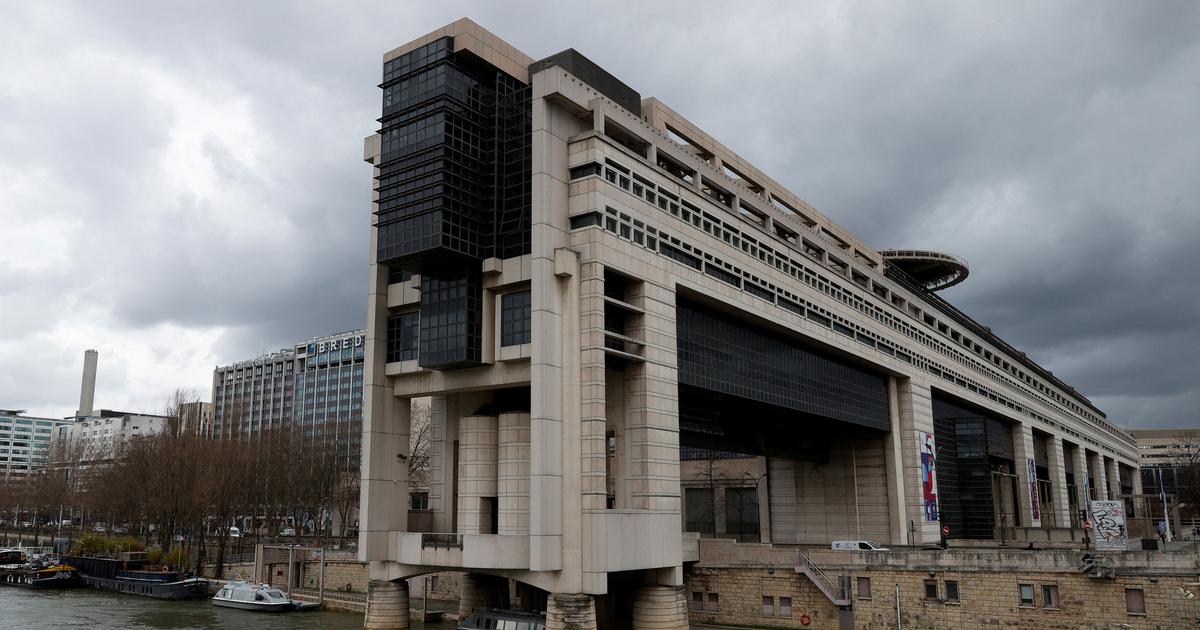"Measure to understand".
In 2020, the slogan of INSEE, the national statistics agency, took the form of a challenge.
How to measure the unprecedented, compare the incomparable, how to understand what confuses the greatest specialists, how to anticipate when everything is so volatile?
When France finds itself confined in mid-March 2020, the entire country finds itself in a situation never seen since the end of World War II.
And to measure the impact of political decisions, both in human, social and economic terms, everyone is indeed turning to INSEE, yet subject to the same constraints as the rest of the country, in particular general teleworking.
On March 16, the Director General of the Institute, Jean-Luc Tavernier, however assures us in a press release: INSEE will maintain all of its publications and statistics.
Ten months later, it is clear that the promise has largely been kept: The Institute has published all the planned productions, but also certain specific publications to document the consequences of the pandemic on the economic and social situation of the country.
Completely forgetting the criticisms that had been addressed to him before the coronavirus crisis.
"We provided weekly data on deaths each week, as well as bi-monthly economic updates, explains Jean-Luc Tavernier to Le Parisien, surveys relating to teleworking (Acemo Covid survey) as well as the feelings of the French in the face of the crisis (EpiCov survey), and we have also added new questions to our permanent surveys.
"
Mobilize new data sources
Among the most notable innovations, the surveys in partnership with Orange on how the French (and in particular the Parisians) had gone into exile in another department during confinements.
“The question that has arisen is the following, explains the head of INSEE: how to continue to produce short-term indicators when the usual data collection is lacking?
We have mobilized new sources of massive and high-frequency data from the digital economy (bank card transactions, cash register data, mobile phone network activations, electricity consumption, search engine queries).
"
But all is not rosy for all that in the land of statistics, far from it.
Two surveys were postponed: in particular the 2021 census (which was to take place between the end of January and the beginning of March 2021) as well as the household survey relating to new technologies.
Not easy to go door to door
To justify this postponement, the institute highlights the health of the enumerators, but also the fact that, in the current health circumstances, the respondents could be led to answer differently.
Who would not be tempted to cut short an interview with an investigator who would have the misfortune of being taken by a fit of cough?
“Better to be sure of the answers we collect rather than risk recovering distorted data,” says Jean-Luc Tavernier.
Newsletter It pays me
The newsletter that improves your purchasing power
Subscribe to the newsletterAll newsletters
If the legal populations of the municipalities will still be published, thanks to statistical extrapolations techniques, INSEE could find itself in a very difficult situation if the enumerators were not able to proceed with the resumption of the surveys. early 2022.
The puzzle of international and chronological comparisons
Another point of concern: future international comparisons.
The various statistical institutes around the world have had to deal with the epidemic, but never at the same time, nor under the same circumstances, nor with the same exceptional legislative frameworks.
"All the statistical services have not necessarily made the same choices, on the way in which this or that service is valued, for example education, if it is carried out by teleworking", explains Jean-Luc Tavernier.
But one of the major concerns of the head of INSEE is more prosaic: how to prevent the statistical anomaly that is 2020 from interfering with the reading of trend curves?
In the future, in fact, when the publications include charts on longer historical data, the year 2020, with its colossal evolutions, may well obscure other movements for the uninformed eye.








